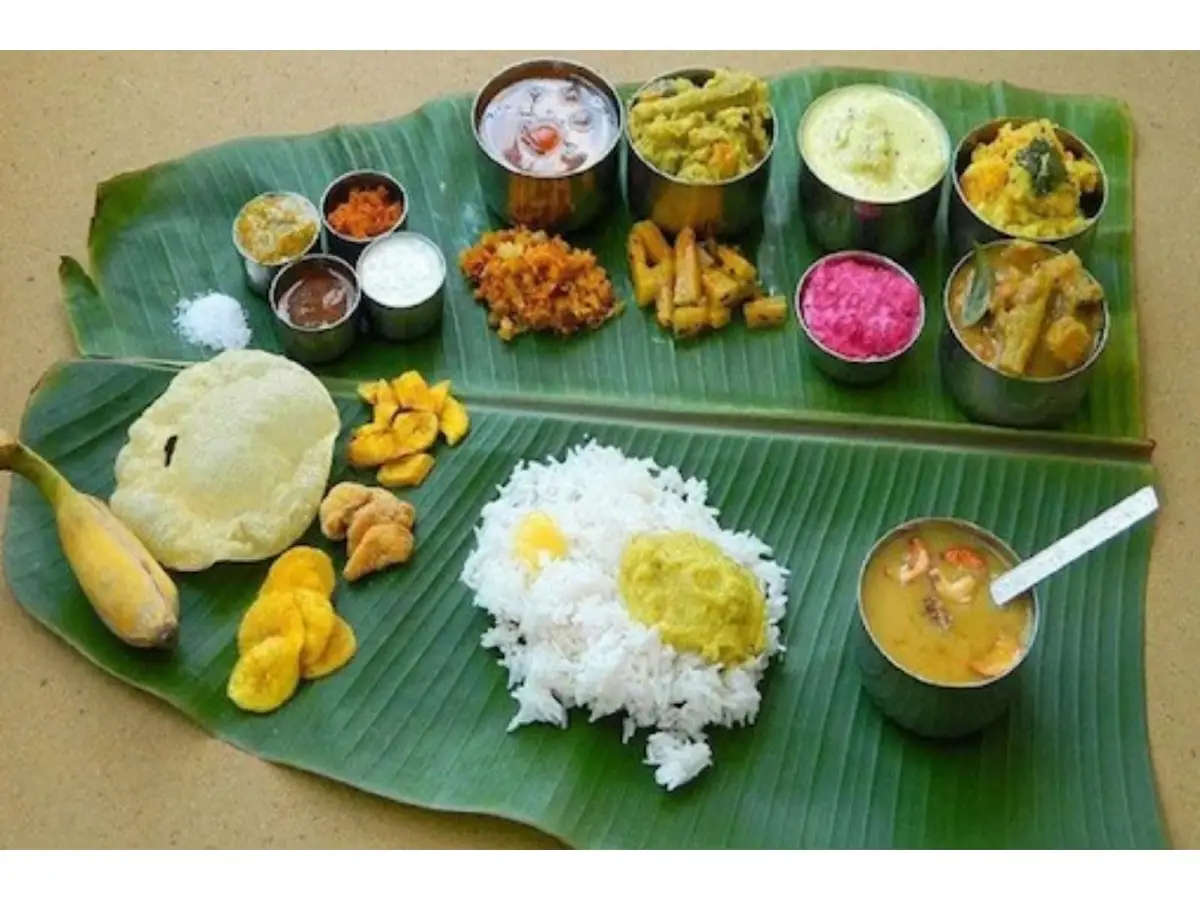In many cultures, particularly in South and Southeast Asia, eating food served on banana leaves is more than a traditional practice—it’s a time-honored custom that spans centuries. This ‘desi’ style, or local tradition, is not only eco-friendly but also comes with a myriad of health benefits that are often overlooked in the modern, fast-paced world. Let’s unwrap the layers of benefits this green serving platter has to offer.
- Environmental Impact
Banana leaves are a biodegradable and renewable resource. Unlike plastic or styrofoam plates, they don’t add to the pollution and waste management issues plaguing the planet. After use, banana leaves decompose quickly and enrich the soil with nutrients. By adopting banana leaves as serving plates, we pay homage to an eco-conscious way of living that is in harmony with nature.
- Hygienic and Chemical-Free
Banana leaves are naturally clean due to the waxy coating on their surface, which prevents dirt and dust from settling on them. They do not undergo any chemical process before use, ensuring that the food placed on them remains uncontaminated by harmful substances—a stark contrast to conventional tableware that can leach undesirable chemicals into food.
- Nutritional Enhancement
It is believed that when hot food is placed on a banana leaf, the heat causes the chlorophyll present in the leaf to release various polyphenols and antioxidants. These beneficial compounds can mix with the food, enhancing its nutritional value. While the science behind this requires more extensive research, the potential health benefits are a point of interest for nutritionists and food scientists.
- Medicinal Properties
In Ayurveda and other traditional medicine systems, banana leaves are used for their medicinal properties. They are considered to have antiseptic and antibacterial qualities that can possibly prevent diseases. Eating from banana leaves might subtly contribute to these health benefits, providing more than just a physical barrier between food and contaminants.
- Psychological and Sensory Benefits
There is a psychological aspect to eating from banana leaves that heightens the dining experience. The sight of a lush green leaf as a platter is visually appealing, and the subtle scent of the leaf can enhance the taste of the food. Moreover, the traditional aspect and connection to heritage can bring a sense of satisfaction and contentment that goes beyond the mere act of eating.
- Economical and Practical
Banana leaves are a cost-effective alternative to conventional tableware. They are abundantly available in tropical regions where banana plants are cultivated. The large size of the leaves makes them suitable for serving an entire meal with different components, eliminating the need for multiple plates. Additionally, their waterproof and flexible nature makes them practical for various culinary uses.
Eating on banana leaves is a practice that beautifully encapsulates the philosophy of ‘back to the roots.’ It’s a testament to the wisdom of our ancestors who understood the importance of living in sync with nature. As we navigate through an age where sustainability is key to our survival, reverting to such traditional practices can be a small step with a profound impact. The next time you find yourself dining on a banana leaf, take a moment to appreciate not just the delicious food but also the leaf’s journey from a simple part of a plant to a carrier of culture, health, and environmental consciousness.
